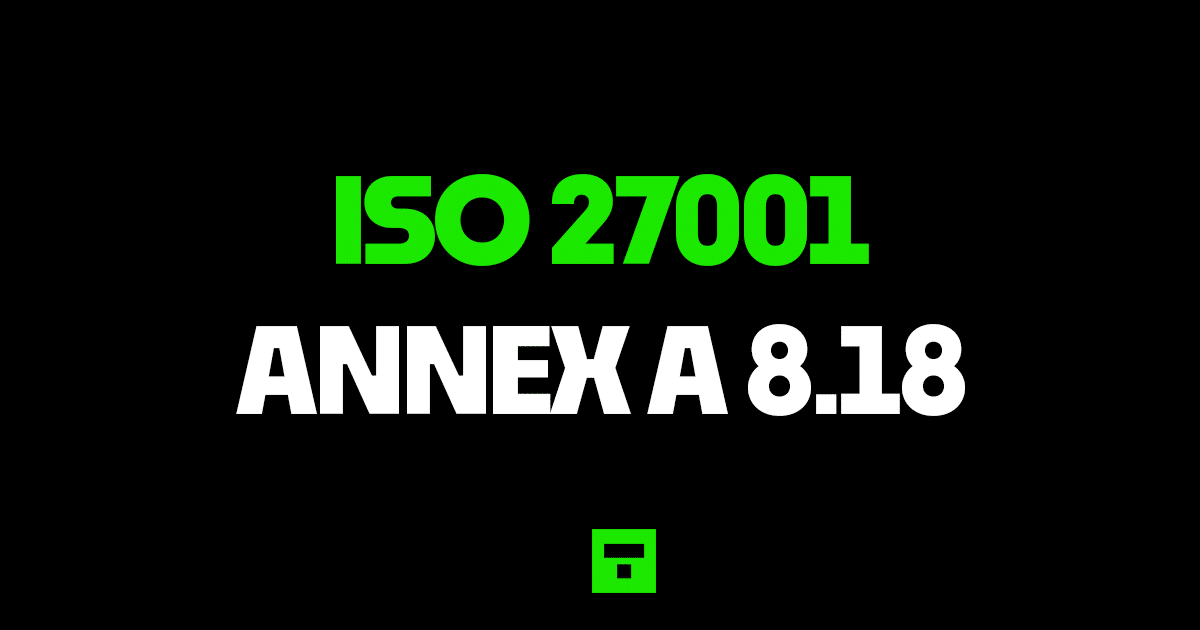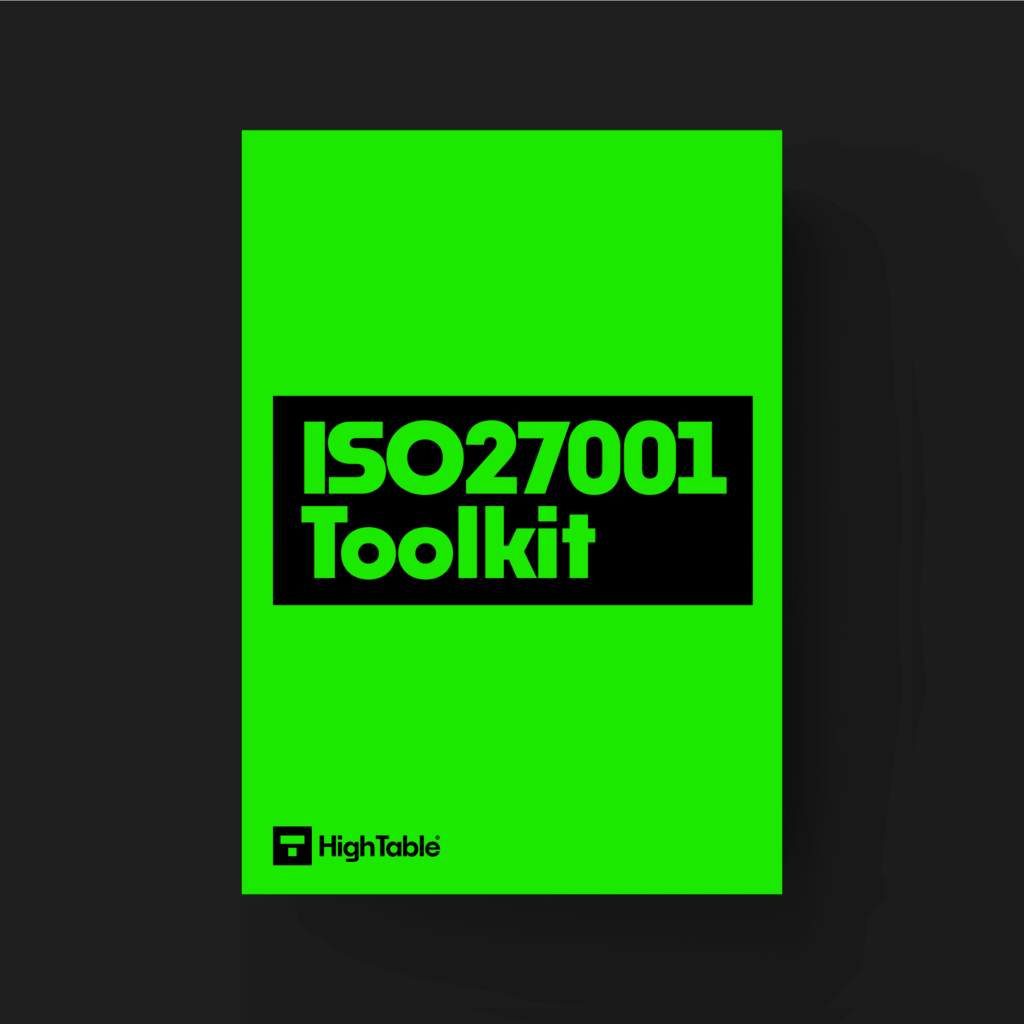Table of contents
What is ISO 27001 Use of Privileged Utility Programs?
ISO 27001 Annex A 8.18 Use of Privileged Utility Programs is an ISO 27001 control that requires us to control the use of utility programs which are capable of overriding system and application controls.
Examples of utility programs can include:
- Antivirus Software
- Malware Protection Tools
- Patching Tools
- Backup Software
- Coding Tools
- Network Management and Monitoring Tools
Purpose
ISO 27001 Annex A 8.18 is a preventive control to ensure the use of utility programs does not harm system and application controls for information security.
Definition
The ISO 27001 standard defines ISO 27001 Annex A 8.18 as:
The use of utility programs that can be capable of overriding system and application controls should be restricted and tightly controlled
ISO27001:2022 Annex A 8.18 Use of Privileged Utility Programs
Implementation Guide
Utility programs are fairly niche and specific. They tend to be used by a subset of users that have a very specific need for them. This usually means the technical and development teams. It is unusual for a standard business user to require a program of this type. It is therefore practical to limit the use to trusted and authorised users.
To do this you will put in place a process for the request and approving of access that you are able to evidence when the time of the audit comes. Of course, you will ensure that the person making the request is not the same person that approves it. This will ensure segregation of duty. As part of this process you would document the authorisation levels but in practical terms, in a smaller organisation, this tends to be on person / role and in all likelihood the Head of IT that approves it.
As part of the implementation it is good practice to restrict the installation on systems. This will prevent these tools from being installed by any old Tom, Dick or Harry. Once approved you want to have in place a process that the instigates the installation of the utility program.
Considerations for the utility program once installed would include:
How long the program is required. This is advanced level to restrict the use of the program to a specific time period but if you do not, be able to talk to why the access if permanent. There may well be a good reason.
Licensing of the program. As part of your intellectual property requirements you want to ensure that all licence requirements are met.
Monitoring of Use. This may not be that practical or achievable but as these programs represent a risk to your organisation, you should at least explore the option of if their usage can be monitored.
Review. Periodic and / or at least annual review of the programs and if they are still required should be considered and conducted. If something is no longer needed then it should be removed. This is good and basic housekeeping.
DO IT YOURSELF ISO 27001
All the templates, tools, support and knowledge you need to do it yourself.
What will an auditor check?
The audit is going to check a number of areas. Lets go through the main ones
That you have documentation
What this means is that you need to show that you have documented your Use of Privileged Utility Programs. Can you show a list of users and what utility programs they have installed. Are you able to evidence a request and approval process and tie that to the list of users and programs to show the process was followed.
That you have have implemented Use of Privileged Utility Programs appropriately
They will look at systems to seek evidence of utility programs. They will question you on the process and seek evidence that you have followed it. They want to see evidence of utility program restriction and the process in operation.
That you have conducted internal audits
The audit will want to see that you have tested the controls and evidenced that they are operating. This is usually in the form of the required internal audits. They will check the records and outputs of those internal audits.
Changes in the 2022 Standard Update
There are no changes in the requirements in the 2022 version of the standard. Only the Annex A numbering has changed.


